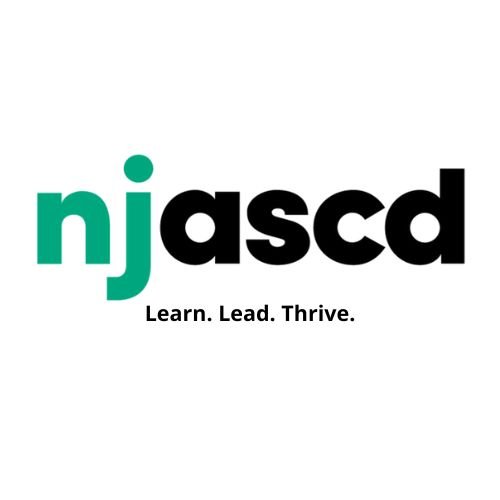The Whole Child Initiative
The demands of the 21st Century require a new approach to education to fully prepare students for college, career, and citizenship. Research, practice, and common sense confirm that a whole child approach to education will develop and prepare students for the challenges and opportunities of today and tomorrow by addressing students' comprehensive needs through the shared responsibility of students, families, schools, and communities.
All educators want to improve the work they do for students, their families and the community. Whether it's instruction, school climate, leadership, family management, or any of the other issues schools face on a daily basis, all educators need tools to help them improve their actions and methods. A whole child approach, which ensures that each student is healthy, safe, engaged, supported, and challenged, sets the standard for comprehensive, sustainable school improvement and provides for long-term student success.
Launched in 2007, ASCD's Whole Child Initiative is an effort to change the conversation about education from a focus on narrowly defined academic achievement to one that promotes the long-term development and success of children. Through the initiative, ASCD help educators, families, community members, and policymakers move from a vision about educating the whole child to sustainable, collaborative action. ASCD is joined in this effort by Whole Child Partner organizations representing the education, arts, health, policy and community sectors.
Explore resources and opportunities for action here and on www.wholechildeducation.org. Download indicators (PDF) of a whole child approach to education and community engagement and use the ASCD School Improvement Tool to assess your performance on those indicators. Join ASCD and our partners, and together we'll change the face of education policy and practice.
Each student enters school healthy and learns about and practices a healthy lifestyle.
Each student learns in an environment that is physically and emotionally safe for students and adults.
Each student is actively engaged in learning and is connected to the school and broader community.
Each student has access to personalized learning and is supported by qualified, caring adults.
* Each student is challenged academically and prepared for success in college or further study and for employment and participation in a global environment.

